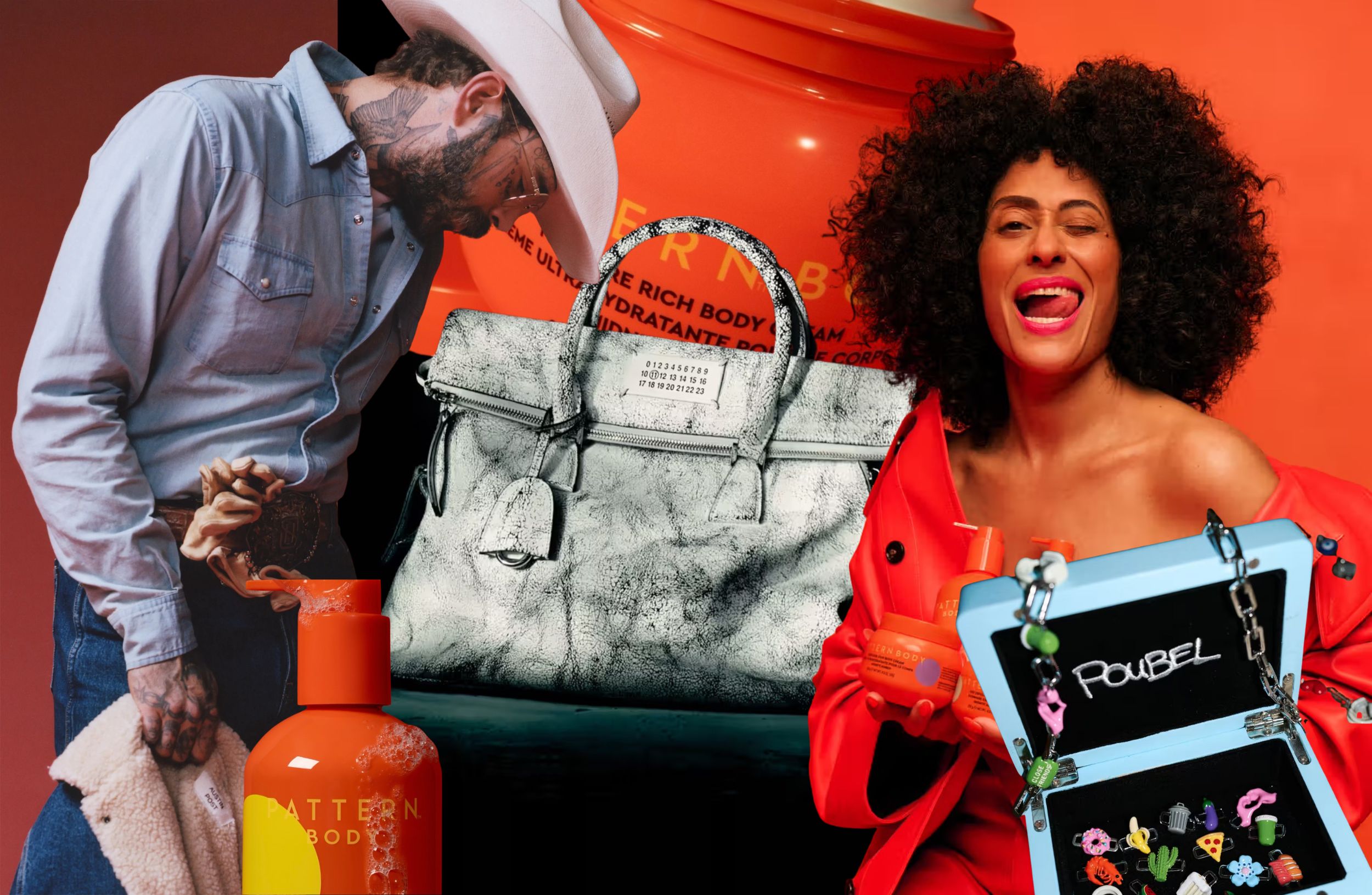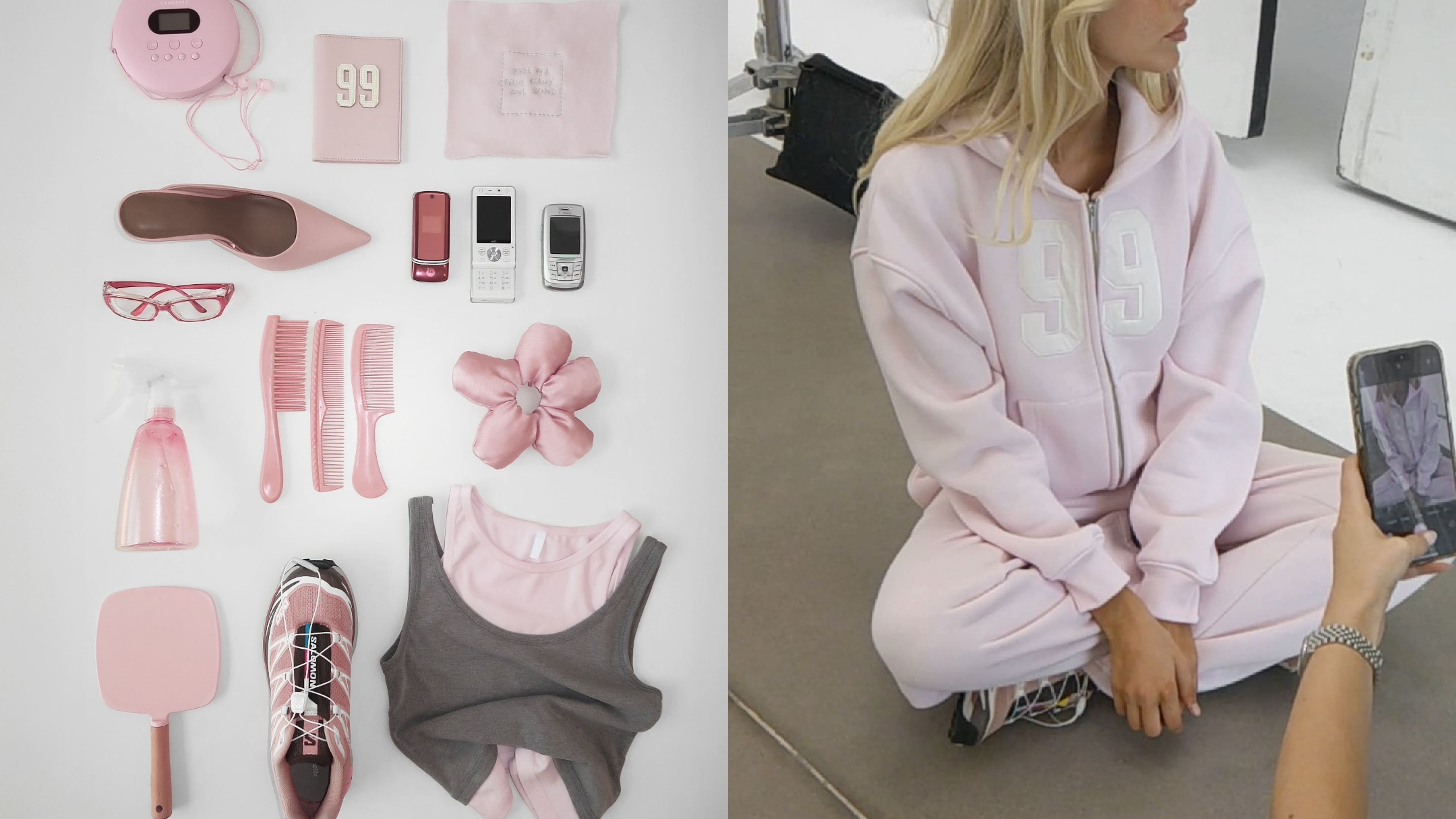The Roots of Telfar: A Visionary’s Approach to Accessibility
Telfar Clemens' ethos was clear from the beginning: to create a genderless, accessible fashion line that eschewed the traditional luxury playbook. In a market dominated by exclusivity and often unattainable price points, Telfar dared to challenge the industry’s status quo by introducing the now-iconic Telfar Shopping Bag in 2014. Often dubbed the "Bushwick Birkin," this vegan-leather bag disrupted the luxury accessory market by offering high fashion at an affordable price, with bags ranging from $150 to $257. In stark contrast to the out-of-reach price tags of designer bags, Telfar made it clear that his products were for "not for you—but for everyone."
This statement alone symbolised more than a shift in fashion; it was a cultural reset. It signified a reclamation of luxury by communities that had long been marginalised by the fashion industry. For Black consumers in particular, the Telfar Shopping Bag became a status symbol of a different kind—one rooted in community, creativity, and visibility.
Breaking Boundaries: Telfar's Intersection of Culture and Commerce
Clemens' strategy of accessibility and inclusivity is a direct response to the exclusive nature of fashion’s upper echelons. Telfar’s “Bag Security Program,” launched in response to the overwhelming demand for its products, was an ingenious move that catered to the loyal following the brand had garnered. Rather than letting scarcity dictate desirability, as is typical in luxury fashion, Telfar made it possible for anyone to pre-order a bag, ensuring that demand did not create exclusion.
Telfar's decision to position itself as a democratic brand is not merely a clever marketing tactic—it’s a commitment to a broader cultural movement. At a time when Black creators are increasingly shaping the fashion landscape, Telfar stands out as a brand that speaks not only to style but to a collective experience. The brand’s community-driven approach embodies the very essence of Black History Month’s celebration: the recognition and elevation of Black voices, talent, and ingenuity.

Telfar and the Power of Representation
For many Black consumers, Telfar is not just a fashion brand; it is a cultural force. Its popularity amongst the Black community is not incidental—it is intentional. Telfar Clemens, a queer Black man, has always integrated his lived experience into the brand’s DNA. This authenticity resonates deeply with consumers who have often felt excluded from the high fashion conversation. The brand has become emblematic of a new wave of Black entrepreneurship, where the products themselves are symbols of empowerment, independence, and belonging.

In recent years, Telfar’s cultural cachet has grown exponentially, with notable endorsements from celebrities like Beyoncé, Solange, and Oprah Winfrey. Yet, unlike many other brands, Telfar’s ascent has remained firmly grounded in its mission of inclusivity. The brand’s success is a reminder of the power of representation and its ability to transform not only industries but entire cultural narratives.
The Future of Telfar: A Blueprint for Change
As the world continues to grapple with issues of race, inequality, and systemic exclusion, Telfar’s success is a timely and vital case study. It offers a blueprint for how fashion can evolve beyond elitism to become a vehicle for social change. Telfar has proven that luxury is not synonymous with exclusion, nor must it exist at the expense of accessibility. By creating products that transcend traditional fashion barriers, Telfar has carved out a space where everyone can participate.
Moreover, Telfar’s impact extends far beyond the fashion world. It exemplifies how a Black-owned business can challenge an industry that has historically sidelined Black creators while simultaneously building a community that uplifts and empowers its own. In doing so, Telfar Clemens is not merely designing clothes and accessories—he is designing a future that includes everyone.






.svg)


.svg)
.svg)





